
AeroGenie — あなたのインテリジェントな副操縦士。
現在のトレンド
Categories
Oxford and Cambridge Launch Electric Air-Taxi Project
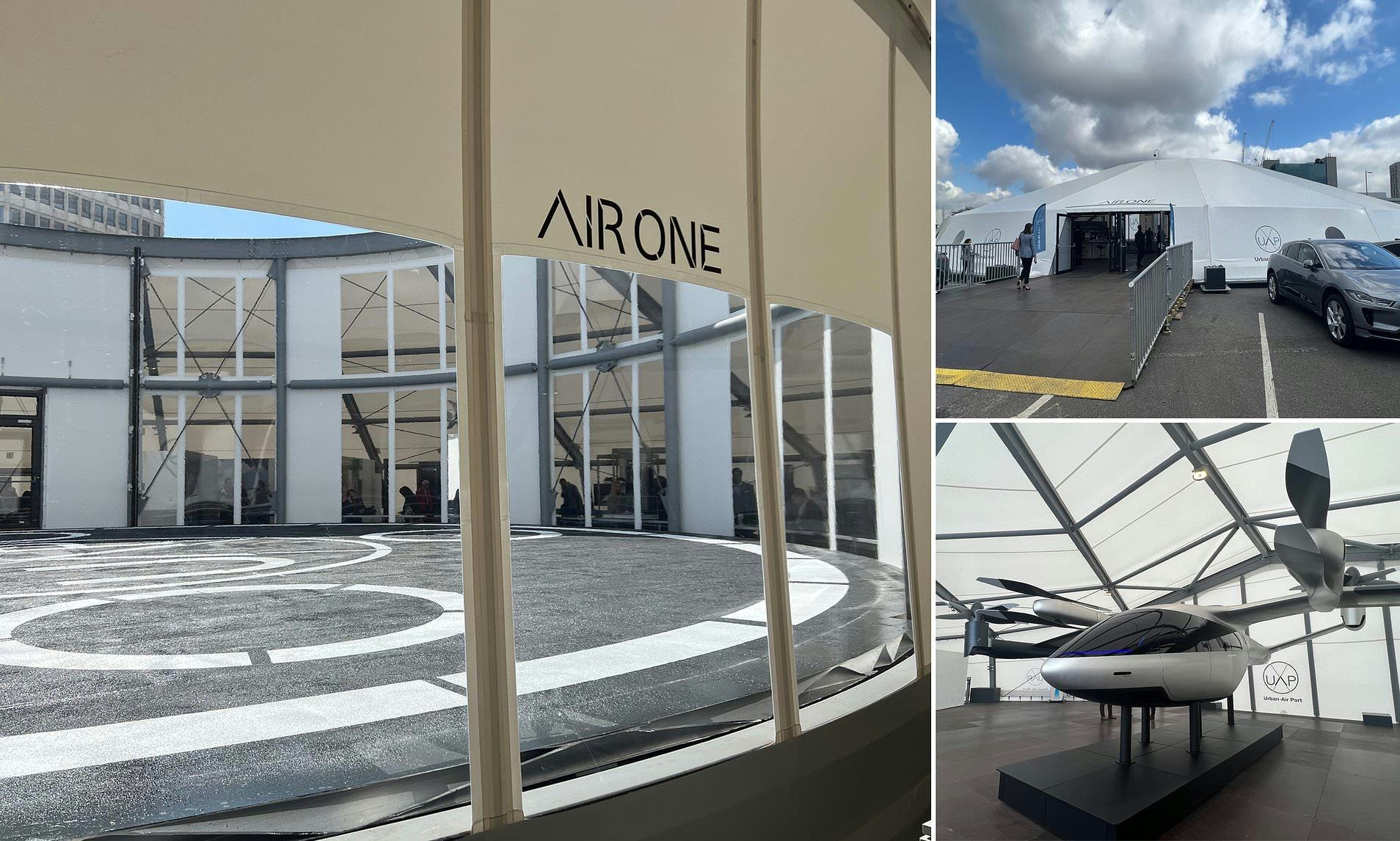
Oxford and Cambridge Launch Electric Air-Taxi Project
A new six-month initiative has been launched to evaluate the commercial and operational viability of an electric air-taxi service connecting Oxford and Cambridge. This project seeks to build a compelling business case for the commercialisation of regional electric vertical take-off and landing aircraft (eVTOL), aligning with the UK government’s strategic objective to enhance connectivity and stimulate economic growth within the Oxfordshire-Cambridge corridor.
Regulatory Progress and Industry Context
The announcement comes in the wake of the Civil Aviation Authority’s (CAA) recent release of its eVTOL Development Model, a regulatory framework intended to facilitate commercial eVTOL flights in the UK by 2029. This regulatory advancement is regarded as a pivotal step toward integrating electric air taxis into the national transport infrastructure.
Nonetheless, the project confronts considerable challenges. Regulatory complexities persist as authorities strive to guarantee the safety and reliability of eVTOL operations. The high costs associated with development and the necessity for significant infrastructure investment further complicate the path to widespread adoption. Moreover, the market for electric air taxis is becoming increasingly competitive, with companies such as Archer, Joby, and Vertical Aerospace progressing their own eVTOL initiatives, supported by substantial investments and strategic alliances.
Market Reception and International Developments
Reactions within the industry to the Oxford-Cambridge air-taxi project have been mixed. Some experts express skepticism regarding the near-term feasibility and profitability of air taxis, citing uncertainties about passenger demand, operational expenses, and the scalability of services beyond initial pilot routes.
On the international stage, regulatory efforts such as the US Federal Aviation Administration’s Electric Vertical Takeoff and Landing Integration Pilot Program are advancing the development and certification of electric air taxis. These initiatives may influence market dynamics and operational preparedness, potentially shaping the competitive environment for UK-based projects.
Despite these obstacles, advocates of the Oxford and Cambridge air-taxi initiative remain optimistic. They contend that a successful demonstration of eVTOL services could herald a new era of cleaner, faster, and more efficient regional transport, supporting broader ambitions for sustainable mobility and economic development.

FAA Extends Engine Pylon Airworthiness Directive to DC-10

Why United Airlines Continues to Use the Boeing 777-300ER in 2025

Dubai Airshow 2025: Key Aircraft and Conference Highlights
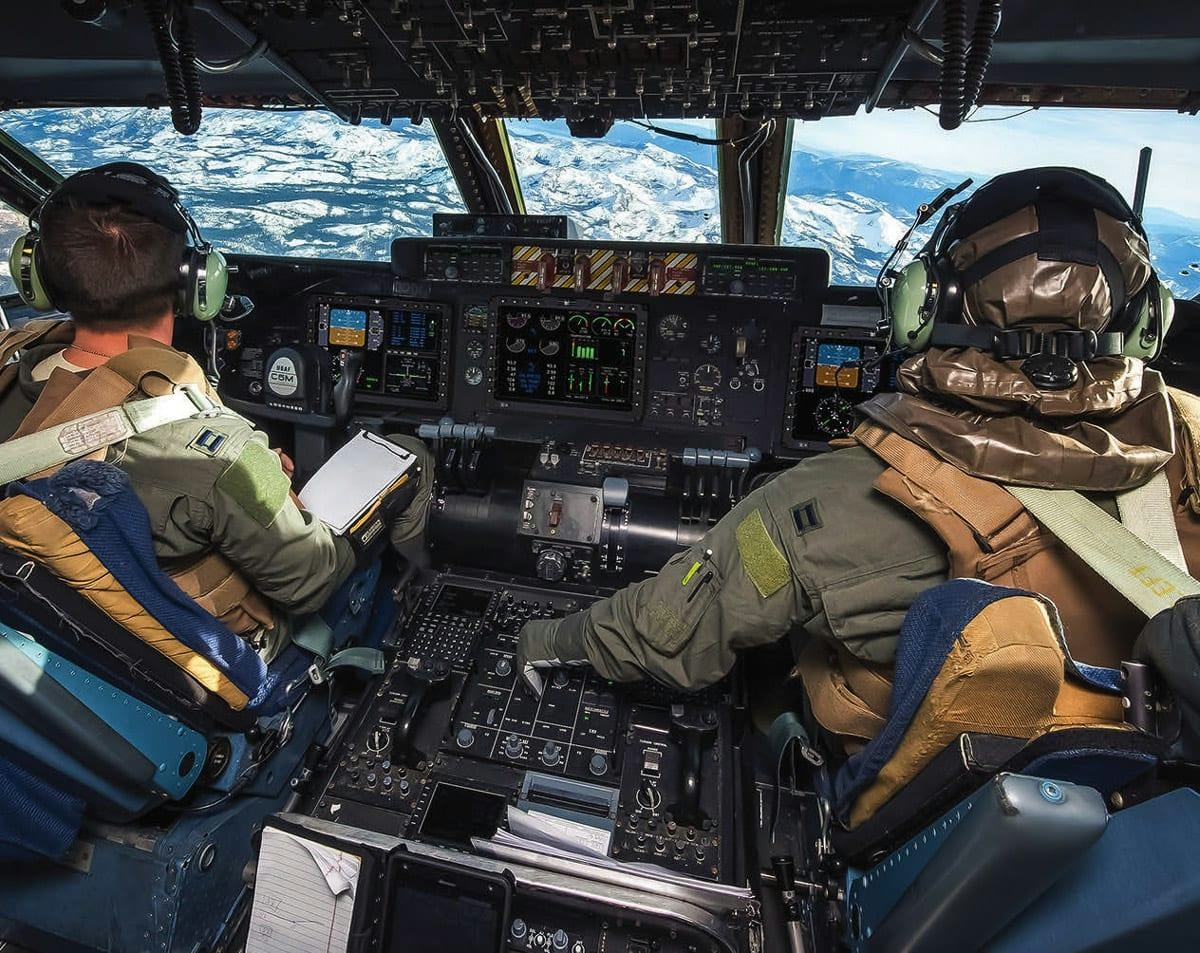
Defense Aviation Adopts Commercial Innovations

MedAire’s Alert Platform Enhances SolitAir’s Role in Aviation Security Innovation

India Faces Shortage of 30,000 Pilots Amid Growing Fleet, Aviation Minister Calls for Urgent Training
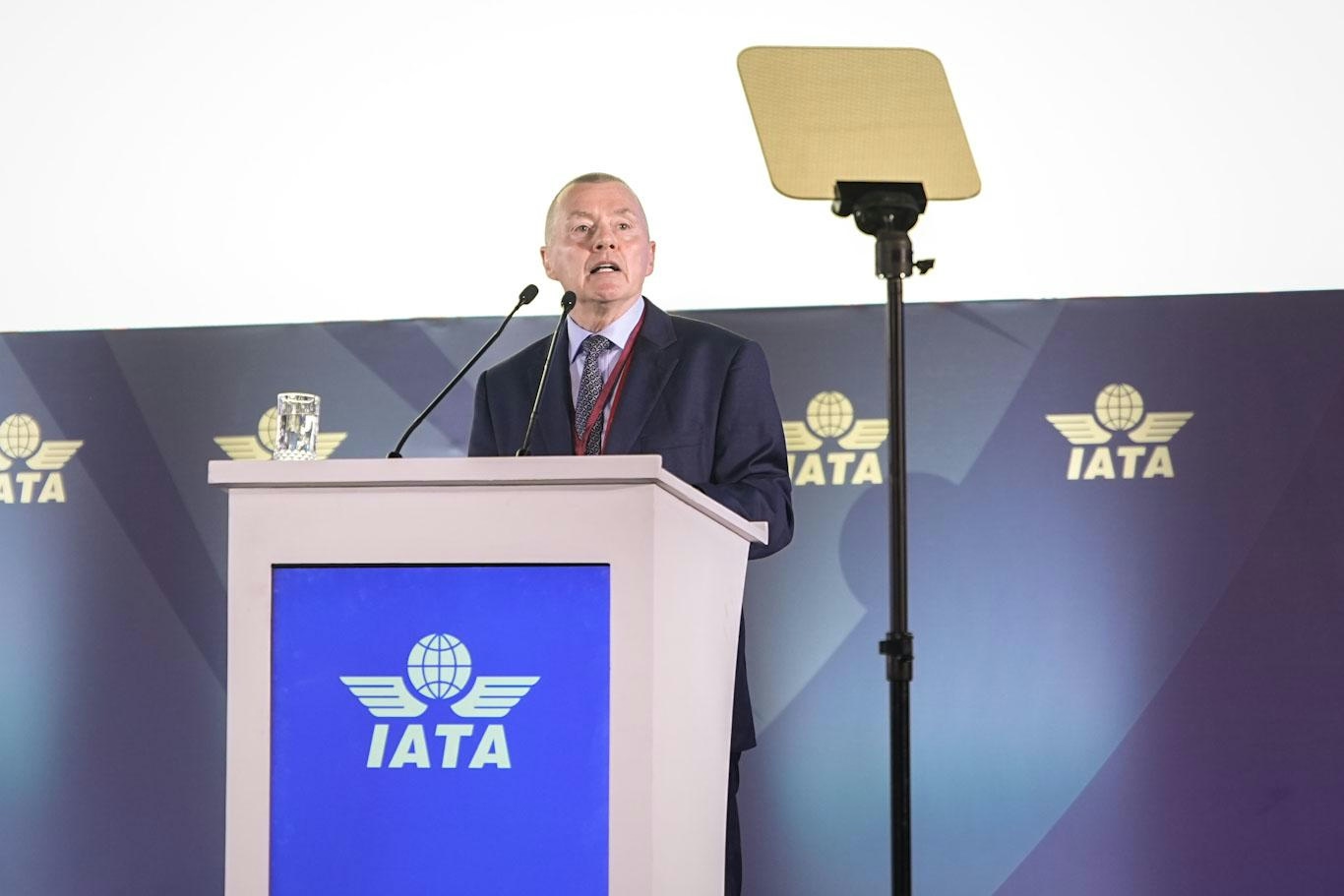
IATA Chief Calls for Fair Compensation for Airlines Amid Supply Chain Challenges
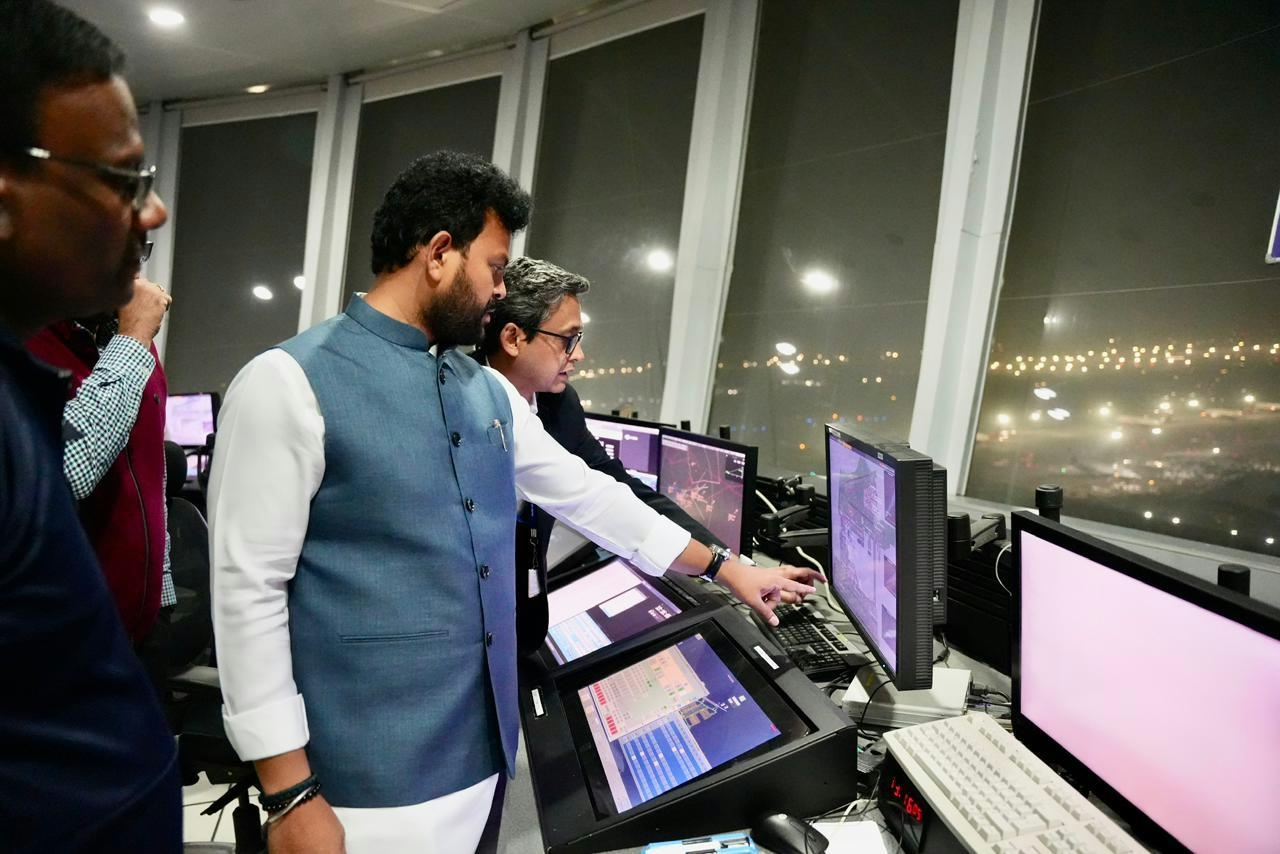
AAI Unveils Pavilion Highlighting India’s Aviation Advances at IITF 2025
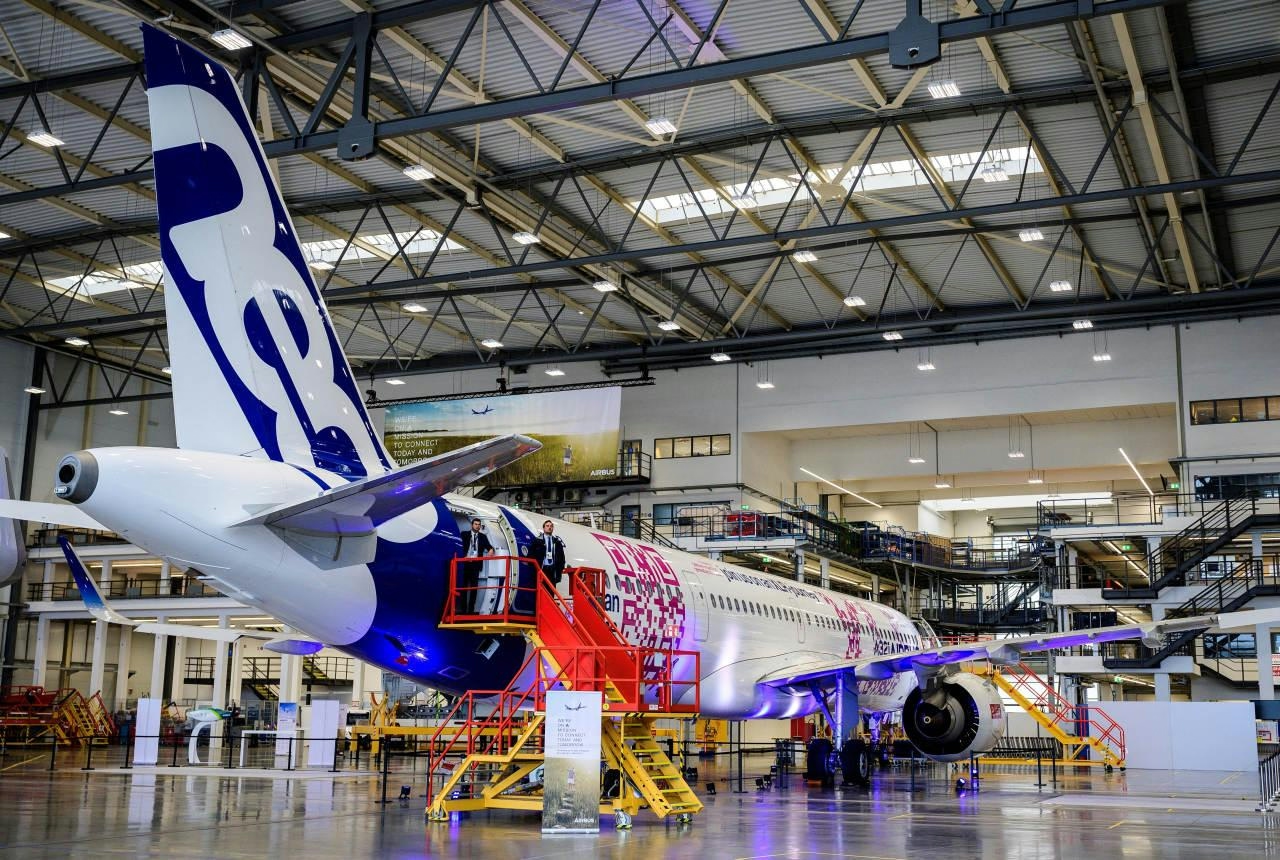
Airbus Projects Asia-Pacific Will Need Nearly 20,000 New Planes Over 20 Years
